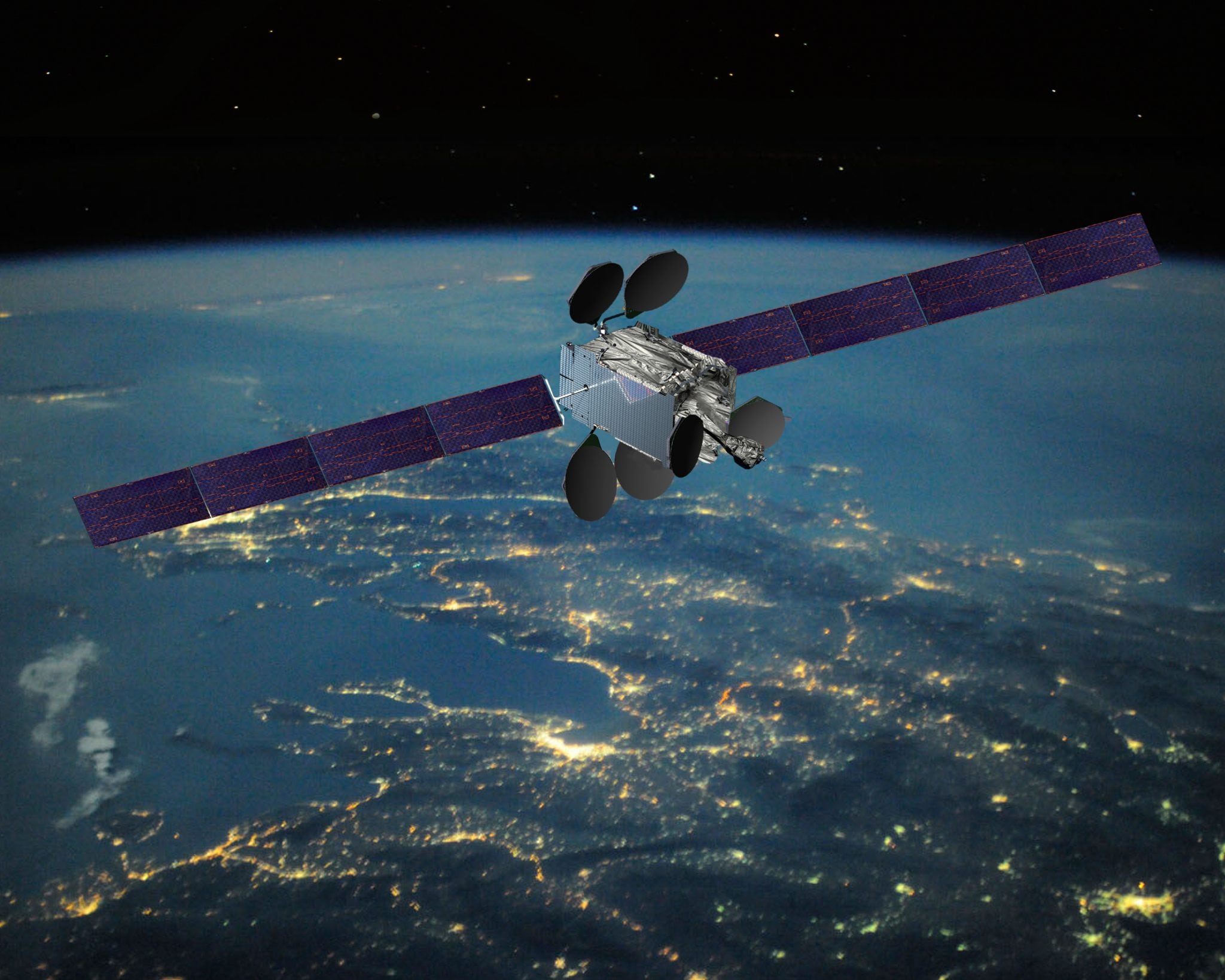 |
| An Intelsat EpicNG satellite. Photo: Intelsat |
[Avionics Today 06-09-2015] Intelsat has introduced IntelsatOne Flex for distribution partners serving the commercial air transport market. IntelsatOne Flex aggregates Intelsat’s global and Intelsat EpicNG High Throughput Satellite (HTS) fleet and the IntelsatOne terrestrial network into a simplified ecosystem that enables Intelsat’s distribution partners to scale their service delivery capability to meet emerging In-Flight Connectivity (IFC) demands.
IntelsatOne Flex allows Intelsat’s distribution partners and their aeronautical customers to access bandwidth when and where it is needed the most without the complexity of managing multiple beams and satellites. In addition, it provides tiered Committed Information Rate (CIR) plans that mean Intelsat distribution partners can offer tailored services to the air transport sector.
“In-flight entertainment is no longer a nice-to-have element for airlines today. Passengers require the same level of connectivity that they would receive at home or in the office. This leaves many airlines and their distribution partners needing to rapidly invest in new technology to meet growing bandwidth demands, satisfy the needs of passengers and capture revenue growth. However, integrating new technology can be a complex process and choosing the wrong network, a costly mistake,” said James Collett, head of mobility and energy services at Intelsat. “With IntelsatOne Flex, aeronautical distribution partners have a new option that provides a flexible operational environment that easily scales to meet growing broadband requirements optimizes bandwidth allocations and aligns costs with revenue demands. Importantly, to take advantage of the power, accessibility and efficiency of Intelsat EpicNG, aeronautical distribution partners can easily integrate high throughput technology into existing networks with minimal capital expenditure and provide a platform that will support their technology requirements well into the future.”